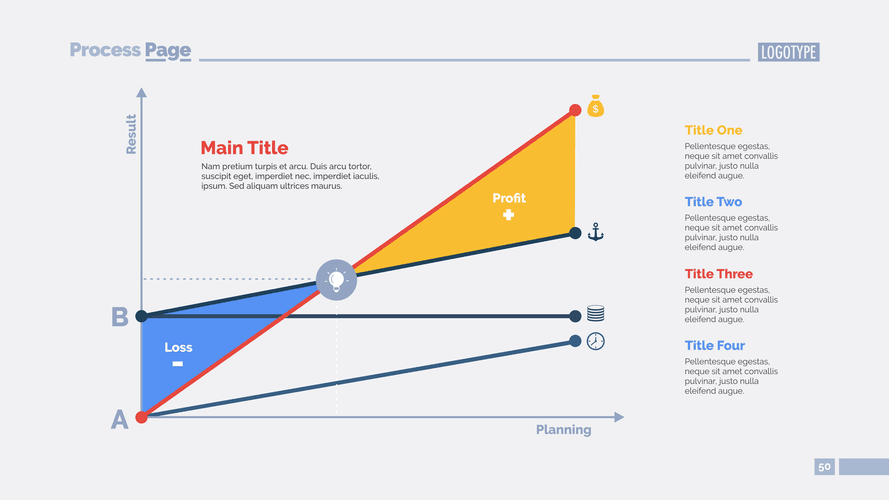
Overtime pay is premium pay for nonexempt employees who work beyond standard hours, generally more than 40 hours in a workweek under the FLSA. Employers must compensate these workers one and one-half times the regular rate of pay. Some states, such as California, also require daily or consecutive-day overtime and may mandate double-time pay in certain cases. Calculating overtime for hourly employees is straightforward when they have a single pay rate and no additional compensation types. To compute overtime, multiply the employee’s regular pay rate by 1.5, then multiply by the total overtime hours worked. For example, an hourly employee making $20 per hour, who works 45 hours in a week would receive $30 per hour for the five hours of overtime.

Avoid common overtime mistakes employers make
- So, in our first example Judith would earn an additional $300 in overtime pay for that week, which should be added to her regular pay.
- Select the rate at which your overtime is paid (e.g., 1.5 for time and a half).
- To use our overtime calculator accurately, add the weekly portion of bonuses and commissions to your base hourly rate before calculating overtime.
- Yes, the Fair Labor Standards Act (FLSA) mandates that US employers pay eligible employees overtime.
- Highly compensated employees earning at least $107,432 annually (including $684 per week) may be exempt if they perform at least one of the duties of an exempt executive, administrative, or professional employee.
We made sure to make a paycheck calculator with overtime that would help in some of the most significant calculations of your life. All you need to do is enter your basic working hours information to get a breakdown of your total paycheck, including overtime salary. how much is overtime Employees can be scheduled to work up to 40 hours per week as standard scheduling. If an employee works over 40 hours, he or she is working overtime hours and will be paid a higher rate for this time. The rate is one and a half times the hourly rate that the employee earns times the number of hours of overtime worked. While our overtime calculator uses federal FLSA standards as the baseline, many states have more generous overtime requirements.
What does premium rate factors 1.5 * 1.0 mean?
- According to the FLSA, the formula for calculating overtime pay is the nonexempt employee’s regular rate of pay x 1.5 x overtime hours worked.
- Let’s take a look at what the overtime entitlements are in the U.S. and how they can vary by state…
- Nonexempt employees who regularly earn commissions and tips must track hours, regardless of whether they are also paid an hourly rate.
- If your multiplier option is not available in the drop down list, select Other and enter the multiplier.
- This means employers operating in multiple states, or even just in states with more protective laws like California, cannot rely solely on meeting federal standards.
- It allows for accurate overtime calculation, identifying recurring patterns, and promoting transparency and accountability.
- Recent DOL rules clarified that bonuses, commissions, and hazard pay are compatible with the FWW method but must be included in the regular rate calculation.
Our overtime calculator handles both rates and can calculate complex scenarios involving multiple overtime rates in a single pay period. An overtime calculator is a specialized payroll tool that accurately computes overtime compensation based on hours worked beyond the standard 40-hour work week. According to the FLSA, the formula for calculating overtime pay is the nonexempt employee’s regular rate of pay x 1.5 x overtime hours worked. This calculation may differ in states that have requirements, such as double time, which are more favorable to the employee.

How to Calculate Overtime: A Step-by-Step Guide

To accurately calculate overtime pay, you must first determine the employee’s regular rate of pay. An employee’s regular rate includes their hourly rate as well as the value of nondiscretionary bonuses, shift online bookkeeping differentials, and certain other forms of compensation. Therefore, if the employee receives these other types of compensation, you must factor them in when determining their regular rate of pay.
The Salary Basis Test

Paying overtime wages to qualifying workers is a federal requirement. Per the FLSA, employers must pay time-and-a-half (1.5 times) pay for work beyond 40 hours a week. One week, during her pay period, the restaurant was short-staffed, so she stayed longer to help with dinner service and ended up working 50 hours instead of her usual 40. This extra time is considered overtime work, and she will be paid for the additional hours. The FLSA contains a number of exemptions from its minimum wage and/or overtime pay requirements. An employee who is exempt from the overtime pay requirements is not entitled to receive FLSA overtime pay.
- As we mentioned, it takes a little bit more math to calculate overtime pay for your salaried, non-exempt employees.
- Or you could determine which workers qualify as exempt from overtime and only track hours and pay overtime to your nonexempt employees.
- An employee’s regular rate includes their hourly rate as well as the value of nondiscretionary bonuses, shift differentials, and certain other forms of compensation.
- When overtime is unavoidable, set clear guidelines for overtime approval and communicate them transparently to the team.
This tool eliminates manual calculation errors and helps in payroll management, financial planning, and maintaining fair labor practices. Users simply input their regular hours, hourly rate, and overtime rate to instantly see their total earnings. To calculate overtime pay, determine the employee’s regular rate of pay by dividing their total pay for the workweek by the total number of hours worked. Multiply the overtime rate by the number of overtime hours worked and add it to the employee’s regular pay to get the total overtime pay. Unlike hourly employees, piece-rate workers’ earnings fluctuate depending on their productivity.
Find out how much the employee earns per hour for their normal working hours (regular hourly wage). Also, check the number of hours they need to work in a week to qualify for overtime pay (overtime threshold). In the US, overtime pay starts after working more than 40 hours in a week. According to the Fair Labor and Standards Act (FLSA), employees are entitled to overtime pay when they work more than a certain number of hours per week. But the specific provisions of overtime pay may vary based on employment classification, with hourly and salaried employees typically treated differently.
Or you could determine which workers qualify as exempt from overtime and only track hours and pay overtime to your nonexempt employees. It is crucial to correctly calculate total overtime hours worked for accurate compensation under federal and state laws. While most salary employees are exempt from overtime pay, you may still need to know how to calculate overtime pay for salary employees. That is, you can have salaried nonexempt employees that you will need to pay overtime.
- Note that the FLSA has an exception to this rule that allows employer to pay overtime via the “rate in effect.” Most states, however, do not permit this method.
- �Nonexempt� means that the covered employee is entitled to the law�s minimum wage and/or overtime requirements.
- For example, if your regular pay is $20/hour, your overtime rate is $30/hour for each hour beyond 40.
- Starting July 1, 2024, most salaried workers who earn less than $844 per week will become eligible for overtime pay.
- Whichever law is more favorable to employees is the one you should adhere to in your state.
- Usually via timesheets, punch cards, or digital attendance systems.
- You should consult your own professional advisors for advice directly relating to your business or before taking action in relation to any of the content provided.
Common Mistakes to Avoid When Calculating Overtime
The following overtime chart answers the question, “What is time and a half for $X.XX an hour?” and contains the most common searched-for hourly wages, but you can update the chart to suit your preferences. Incorrectly classifying a nonexempt employee as exempt is a major mistake that can lead to substantial back-pay liabilities and penalties. Employers must carefully evaluate job duties and responsibilities against the FLSA exemption criteria. Now, let’s consider a salaried employee, John, who earns $50,000 annually and is expected to work 40 hours per week. Common exempt categories include executive, administrative, and professional employees who satisfy specific salary and duties criteria.
Understanding the Differences with Salaried, Exempt, and Non-Exempt Employees
Employers should clearly communicate their holiday pay policies to their employees to avoid any confusion. It’s also crucial to accurately track employee hours during holiday periods to ensure correct overtime pay calculations. State regulations may also impact overtime pay eligibility, often providing even greater protections than the Suspense Account FLSA. In situations where employees are subject to both state and federal overtime laws, they receive overtime pay according to whichever law is more generous. The question of who is entitled to overtime pay brings us to the dichotomy of exempt vs nonexempt employees, a distinction critical in understanding the landscape of overtime pay. The “regular rate” is your average hourly pay for the workweek, including all remuneration except certain exclusions.
